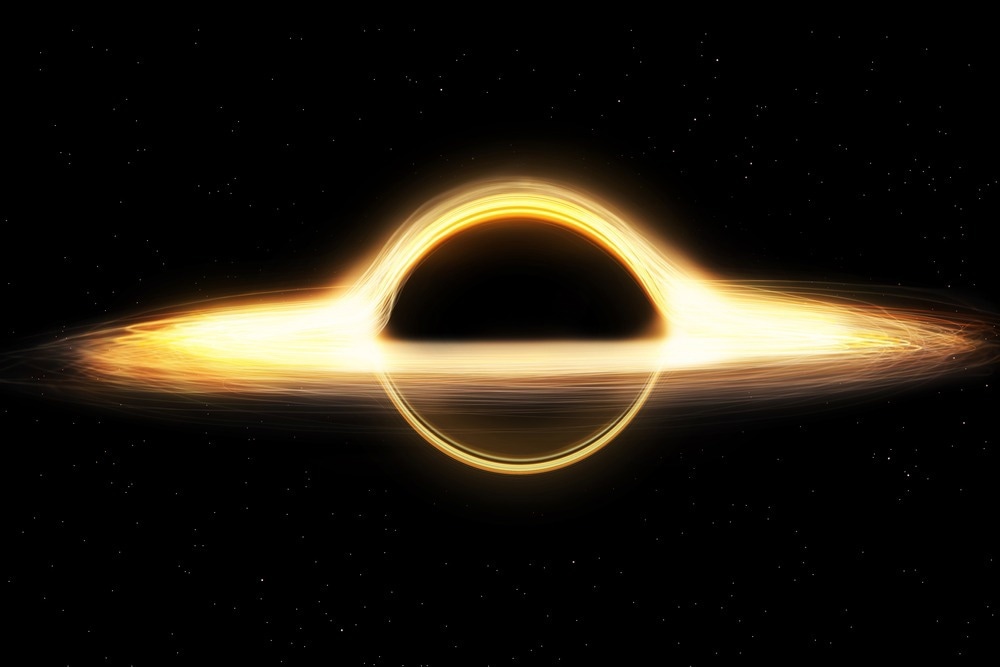New radio telescope studies of the Circinus galaxy—one of the closest known galaxies to the Milky Way, though it has received less attention—present an accurate depiction of how molecular gas feeds the galaxy’s supermassive blackhole. The findings provide the first spatially defined and convincing proof of mass accretion and feedback of an active galactic nucleus (AGN) on sub-parsec scales. Most galaxies have a supermassive black hole (SMBH) at their center.

Image Credit: Lia Koltyrina/Shutterstock.com
SMBHs grow by absorbing mass from their surroundings. As this material approaches the black hole, it warms up and emits energy, which is visible as an AGN. Previous research has revealed that gas can be fed from an entire galaxy’s interstellar medium to its central region - the area within 100 parsecs of the core.
Due to the excellent compactness of the region, little is known about how gas is transported to the innermost area (10 parsecs) around the black hole.
Takuma Izumi and colleagues used the Atacama Large Millimeter/submillimeter Array (ALMA) radio telescope to make submillimeter observations of the active nucleus of the Circinus galaxy with a spatial resolution of 0.5 to 2.6 parsecs, supplementing the observations with archival ALMA data.
Izumi et al. were able to investigate the movement of molecular, atomic, and ionized gas at the parsec scale, revealing an inflow of dense molecular gas in the AGN’s core parsec, fueling the SMBH at its center.
The results show that the black hole consumes less than 3% of this intake. Outflows of multiphase gas drive the remaining gas out, resulting in AGN-driven feedback that could impact star formation inside the host galaxy. The authors speculate that accretion could be driven to the core ~1 parsec by a dense gas disk that is unstable due to gravity, even though the processes causing the sub-parsec accretion described are still poorly constrained.
Journal Reference
Izumi, T., et al. (2023) Supermassive black hole feeding and feedback observed on subparsec scales. Nature Communications. doi:10.1126/science.adf0569